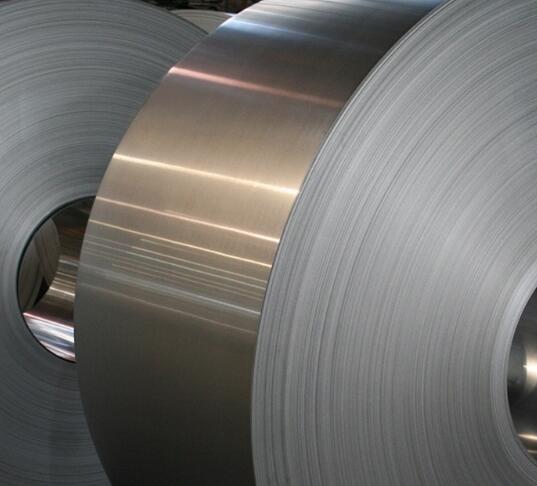Differences Between Hot and Cold Rolled Steel
The main difference between hot rolled steel and cold rolled steel is the way they are processed. Hot-rolled steel is steel that has been rolled at high temperatures, while cold-rolled steel is essentially hot-rolled steel that has been further processed in cold-rolled material. Here, the material is cooled and then annealed and/or tempered and rolled. Different grades and sizes of steel can be hot-rolled or cold-rolled. Understanding the differences between hot-rolled and cold-rolled steel can help you determine the type that best suits your needs.
Hot Rolled Steel
During the hot rolling process, steel is heated at above its recrystallization temperature, which is typically higher than 1700°F. Once this is done, the steel can be easily shaped and formed. Hot rolled steel is used across diverse industries and comes in multiple grades, each of which offer their own unique characteristics.
Hot Rolled Steel Properties
The hot rolling process has a significant effect on the properties of steel. By heating steel above its recrystallization temperature and then cooling it at room temperature in a process known as normalization, the steel’s microstructure undergoes permanent changes, resulting in enhanced toughness and ductility. This additional ductility makes the metal easy to form and bend.
The hot rolling process also affects the overall shape of the finished metal piece. Hot rolled forms can be much larger than cold rolled forms. However, since hot rolled steel is heated and cooled, it is susceptible to shrinkage, giving less control over the shape and size of the finished product. One of the easiest ways to tell the difference between hot rolled and cold rolled steel is by touching the surface: hot rolled steel has an uneven surface while cold rolled steel is oily to the touch.
One of the primary benefits of hot rolled steel is its cost-effectiveness. Hot rolled steel can be formed and shaped immediately after heating without the need of reheating. Since the hot rolling process can take place without any delays, hot rolled steel can be produced in large quantities, which keeps its market price lower when compared to cold rolled steel.
Hot Rolled Steel Process
To begin the hot rolling process, billets of steel are heated in a furnace until they reach temperatures above the recrystallization point. At McDonald Steel Corporation, we typically heat steel to 2300°F. The furnace evenly distributes heat throughout the length of the metal to make it malleable and easy to form.
Next, the steel billets exit the furnace and travel through our eleven stand cross-country bar mill. This system includes a roughing stand and multiple two-high roll stands. As the metal travels through the stands, it is squeezed, shaped, and elongated until it leaves the last roll stand as a 140 foot long section.
After that, the rolled lengths of metal are set in a cooling bed. The entire process, from the heated furnace to setting a newly rolled shape on the cooling bed, takes less than two minutes. At the end of the process, the original square or rectangle profile of the billet has changed to an asymmetrical or irregular section.
Cold Rolled Steel
Cold rolled steel is essentially hot rolled steel that has been further processed by being allowed to cool at room temperature and annealed or temper rolled. Cold rolling produces steel with closer dimensional tolerances and a wider range of surface finishes than hot rolling. It is also up to 20% stronger than hot rolled through the use of strength hardening.

When making more precise shapes, the process involves:
1. Breakdown
2. Semi-Finishing
3. Sizing
4. Semi-Roughing
5. Roughing
6. Finishing
ADVANTAGES OF COLD ROLLED STEEL
Cold rolled steel typically results in a product with a better, more finished surface with closer tolerances. It also yields smoother surfaces that are oily to the touch. Other advantages include:
● Can be used in precise applications
● Harder and stronger than hot rolled steels
● Increased hardness, resistance against tension breaking, and resistance against deformation due to work hardening
● Aesthetically pleasing finish with a wider range of surface finishes
APPLICATIONS OF COLD ROLLED STEEL
Cold rolled steel is used in applications where tolerances, surface conditions, concentricity, and straightness are factors. It also offers a more aesthetic and visually appealing surface. Other applications include:
● Home Appliances
● Metal Furniture
● Aerospace Structural Components
● Automotive Parts

评论
发表评论